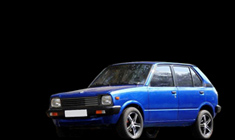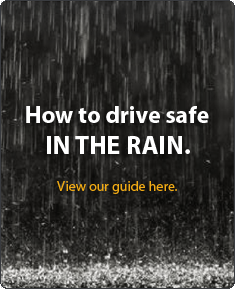News
How I achieved 34.2 km/l fuel efficiency on my Skoda Rapid TDI
Achieving the highest possible fuel economy is all about the conservation of momentum.
BHPian ash22 recently shared this with other enthusiasts.
Hypermiling my Skoda Rapid 1.6 TDI yesterday from Chennai to Vellore.
Got 35 km/l. Measured tank and got 34.2 km/l.
- Maintained 60-70 km/h
- Steady acceleration and maintained only engine breaking when required.
- Since it was early morning, AC was not required and had to roll down the driver-side window to a minimum level.

BHPian toyotafanboi posted about hypermiling & ways to improve fuel efficiency on this thread.
Hypermiling refers to a set of driving techniques used to extract the most miles per unit of fuel from your car. Achieving the highest possible fuel economy is all about the conservation of momentum. Here are some ways in which you can save some gas and be a more efficient driver.
- Remove unnecessary weight from your car. This is something simple but can have a huge impact on your fuel consumption.
- In terms of fuel consumption at cruising speed, AC on >/= AC off windows down (due to increased drag) > AC off windows up
- On highways, try to maintain a steady speed of 80-90 km/h. Fuel economy drops significantly at higher speeds (more info here)
- Contrary to popular belief, shifting to a higher gear as early as possible does not necessarily give better fuel economy. An important concept to understand here is BSFC (Brake Specific Fuel Consumption). Simply put, BSFC is the amount of fuel consumed per unit of power produced. Although less fuel is consumed at a lower rpm (e.g. 2000 rpm vs 2500 rpm), when accelerating, you would ideally want the engine at an rpm range where the BSFC is lowest. This rpm range is called the sweet spot and can be anywhere between 2000 and 3000 rpm in most cars.
Side Note: I came across conflicting information online about whether full throttle or part throttle achieves better efficiency when accelerating. Maybe someone more knowledgeable can shed some light here.
- As a general rule, use the ABC pedals as little as possible and try to conserve the car's momentum. For example, when you see a red traffic light ahead, let off the accelerator and coast in gear. It requires more energy to move a car from a standstill than one in motion. However, in emergency situations remember safety always comes first.
- Almost all modern cars have a feature called deceleration fuel cut-off (DFCO) which essentially cuts off fuel when decelerating in gear above a certain engine rpm. This means when going downhill, staying in gear not only provides engine braking but uses virtually no fuel (when off the accelerator).
- The above feature (DFCO) also means, a higher fuel economy can be achieved by accelerating up to a speed and then coasting, instead of keeping the accelerator depressed all the time. (e.g. accelerate to 100 km/h and coast till 80 km/h, then repeat). This technique is called Pulse and Glide.
Are there any hypermiling techniques you guys use that are not mentioned here?
Check out BHPian comments for more insights and information.





.png)













